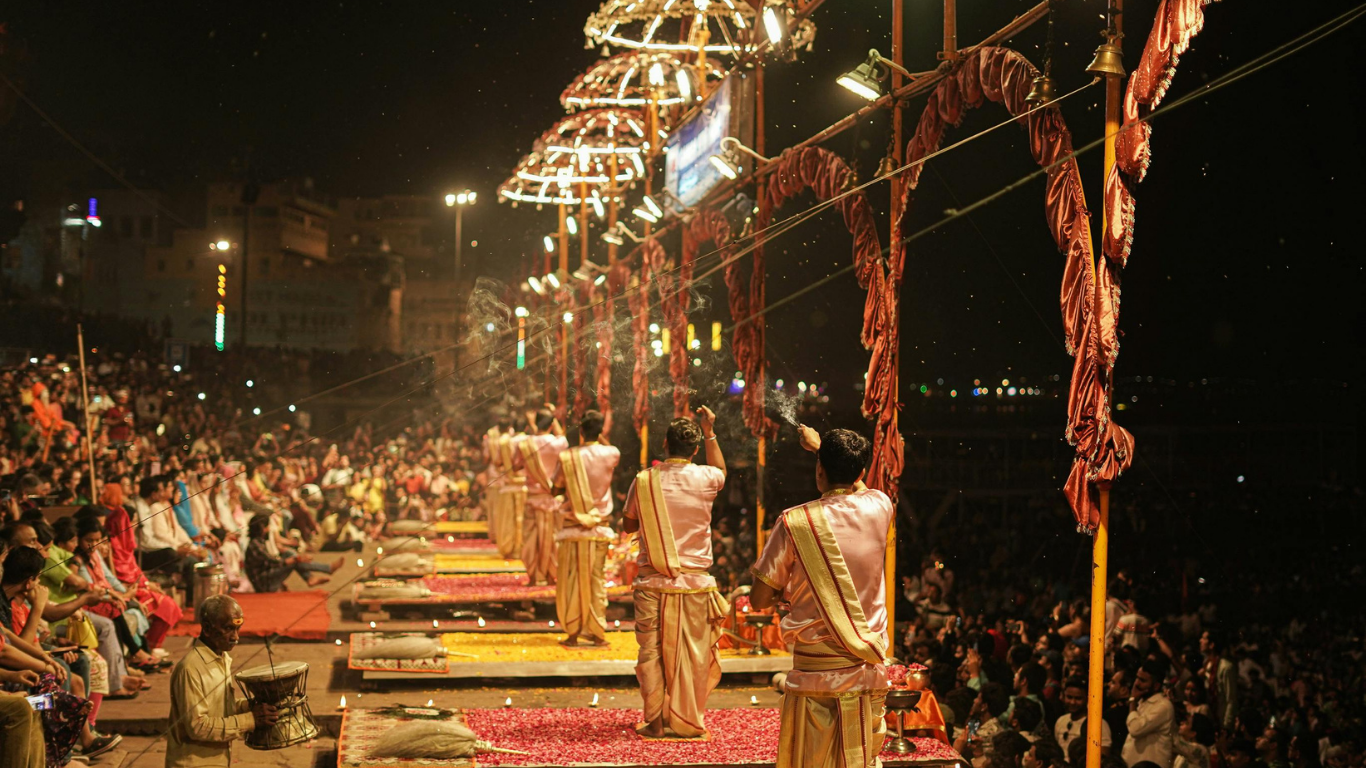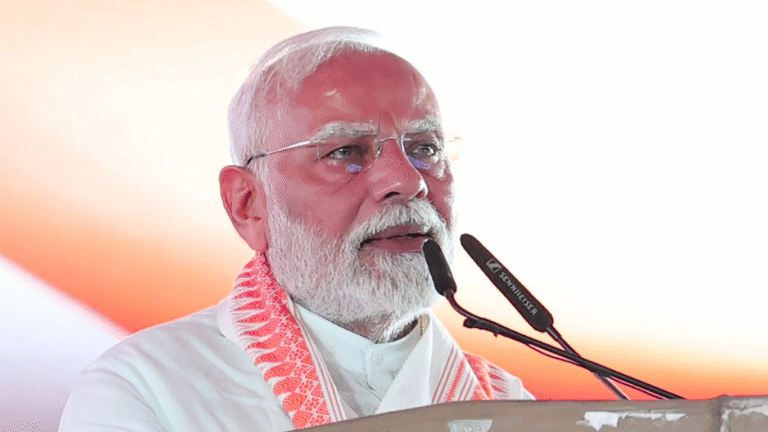
Varanasi, the spiritual heart of India, is a city where every corner hums with devotion. The Ganga Aarti, a mesmerizing ceremony honoring the Ganges River, is one of its most iconic experiences. Held daily at the city’s ghats, this ritual draws travelers and devotees alike with its chants, lamps, and spiritual energy. Knowing the Ganga Aarti timing in Varanasi is key to planning your visit, as it varies by season and ghat. In this article, we’ll cover the timings, best spots to watch, and tips to make your experience unforgettable, all while soaking in the divine atmosphere of this ancient city.
Ganga Aarti Timings at Dashashwamedh Ghat
The Ganga Aarti at Dashashwamedh Ghat is the most famous in Varanasi, known for its grand spectacle. This evening ritual typically starts just after sunset, lasting about 45 minutes. In summer (April to September), it begins around 7:00 PM to 7:45 PM, while in winter (October to March), it shifts earlier to 6:00 PM to 6:45 PM due to earlier sunsets. The ceremony, performed by seven priests with synchronized chants and brass lamps, creates a magical ambiance. Arrive at least an hour early to secure a good spot, as the ghat gets crowded, especially during festivals like Dev Deepawali. Checking the exact timing with locals or your hotel is wise, as slight variations can occur.
Morning and Evening Aarti at Assi Ghat
Assi Ghat offers a quieter, yet equally moving, Ganga Aarti experience. The morning aarti, known as Subah-e-Banaras, starts around 5:00 AM to 5:30 AM, blending Vedic chants, yoga, and music for a serene start to the day. The evening aarti at Assi Ghat typically runs from 6:30 PM to 7:15 PM in summer and 5:30 PM to 6:15 PM in winter. This ghat’s peaceful vibe makes it ideal for those seeking a less crowded experience compared to Dashashwamedh. The morning ritual, launched in 2014, is especially popular among locals and early risers. Both ceremonies feature priests in traditional attire, offering lamps and incense to Mother Ganga, creating a soulful connection to Varanasi’s spiritual roots.
Other Ghats for Ganga Aarti
Beyond Dashashwamedh and Assi, other ghats like Rajendra Prasad and Tulsi Ghat also host Ganga Aarti, each with its own charm. Rajendra Prasad Ghat, near Dashashwamedh, holds its aarti around 6:00 PM to 7:00 PM, offering a less crowded alternative with great photo opportunities. Tulsi Ghat’s aarti, also around 6:00 PM to 7:00 PM, is tied to the legacy of poet Tulsidas and feels intimate. Timings at these ghats may vary slightly, so confirm locally. Smaller ghats like Chet Singh offer unique, low-key ceremonies, ideal for a personal experience. While Dashashwamedh remains the grandest, exploring these ghats lets you witness Varanasi’s diversity and connect with its sacred traditions in a quieter setting.
Tips for Experiencing the Ganga Aarti
To make the most of the Ganga Aarti, plan ahead. Arrive 45 minutes early at Dashashwamedh Ghat to grab a spot on the steps or book a boat for a river view, costing around ₹500-₹800. For a closer experience, VIP seats near the aarti platform are available for ₹1000-₹2000, though free viewing is offered by the administration. At Assi Ghat, mornings are less crowded, so you can relax and enjoy. Dress modestly and stay respectful during the ritual—avoid loud talking or disruptive photography. Booking a guided tour can enhance your experience with insights into the rituals. Festivals like Kartik Purnima bring larger crowds and special ceremonies, so book accommodations near the ghats early. A stay at a five-star hotel like BrijRama Palace can arrange private boat rides for a seamless experience.
Why the Ganga Aarti Matters
The Ganga Aarti is more than a ritual—it’s a celebration of the Ganges, revered as a goddess who cleanses sins and grants blessings. Performed with conch shells, incense, and rhythmic chants, it creates a spiritual atmosphere that captivates everyone, regardless of faith. The flickering lamps and soulful mantras at Dashashwamedh or the serene morning vibes at Assi Ghat offer a glimpse into Varanasi’s timeless devotion. For many, it’s a moment of peace and connection, reflecting the city’s role as India’s spiritual capital. Whether you watch from a boat or the ghat steps, the Ganga Aarti leaves you with a sense of awe, making it a must-see for any visitor to Varanasi.



